Foldable phones are becoming increasingly popular in a market still dominated by flat-screen devices. One brand that could change everything is Xiaomi, which has introduced a flexible-screen phone to Europe: the Xiaomi Mix Flip. We have tested this model in depth at Thetechbasic, and it features several elements that could certainly make Samsung nervous.
Please follow us on Facebook and Twitter.
The Xiaomi Mix Flip is not a new product. Although it was announced for the global market alongside the Xiaomi 14T, the company first introduced it in China last July, along with the Mix Fold 4. However, it is the brand’s first clamshell foldable phone, arriving at just the right time.
Xiaomi’s Mix Flip competes in design and features with the recently announced Galaxy Z Flip 6 and the Motorola Razr 50 Ultra. All three phones have a similar clamshell design, with screens that fold horizontally. They also share comparable specifications regarding cameras, external screens, and performance. However, Xiaomi’s model has some intriguing advantages.
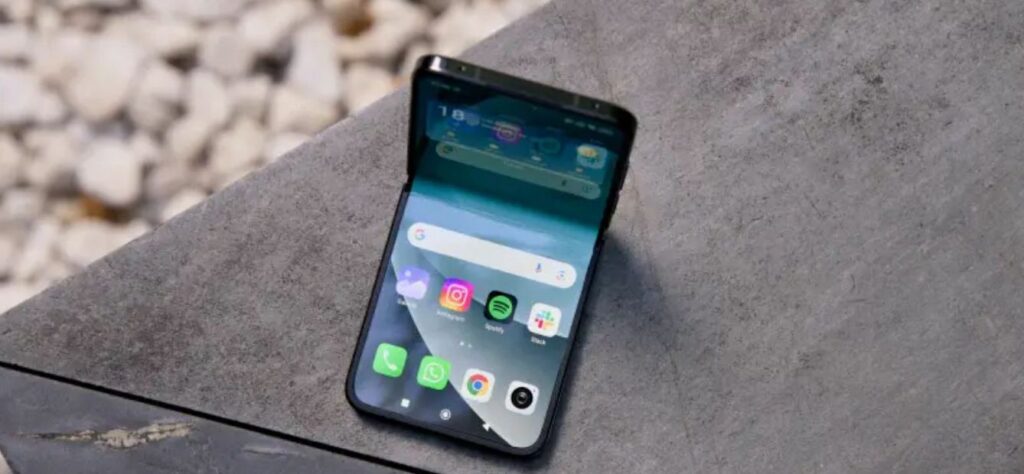
The cameras are branded by Leica, providing enhanced functions and processing developed by a photography expert. While the flexible inner display is the highlight of a foldable phone, the outer display is particularly interesting. Additionally, the Xiaomi Mix Flip does not compromise on performance or battery life.
These features come in a mobile phone priced around 1,300 euros, which is similar to the cost of other foldable phones. Xiaomi has a mission to replicate its success with traditional smartphones and become the only viable alternative in the foldable market. But is the Mix Flip enough to achieve this?
Design and Screens: Above All, Screens
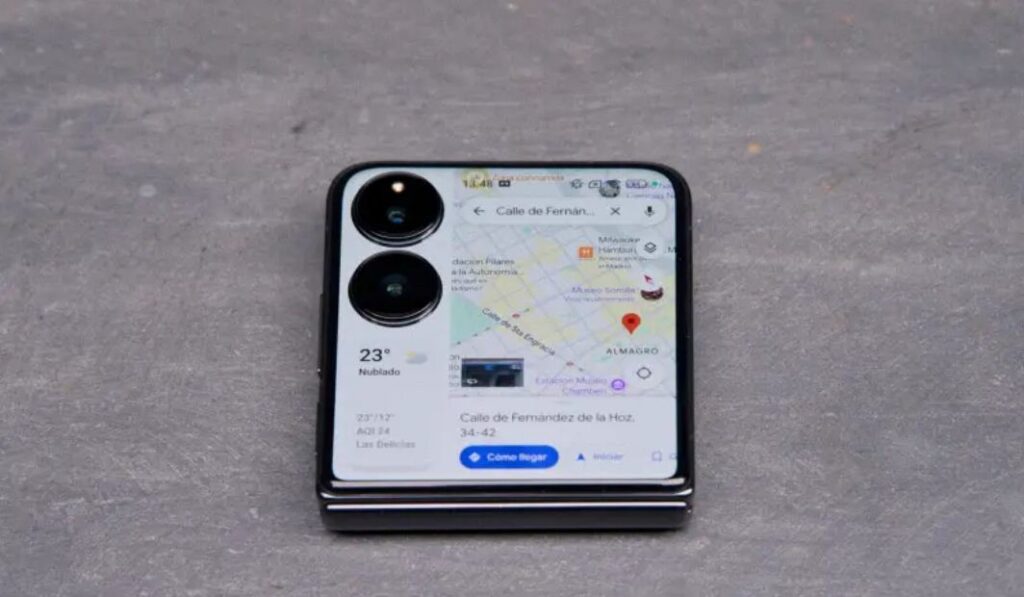
The Xiaomi Mix Flip has a design very similar to the Galaxy Z Flip 6, primarily due to its vertical format. The phone features a glass back, with a matte finish on the bottom and a glossy finish on the top, which is entirely a screen. It also has glossy aluminum frames and a sturdy hinge.
Weighing only 190 grams and measuring 7.6 mm thick when unfolded (16 mm when folded), the Xiaomi Mix Flip is very light and compact. Even when folded, it remains quite comfortable to hold. However, the black version tends to attract fingerprints easily.
Let’s discuss the screens, which are undoubtedly one of the most important aspects of the Xiaomi Mix Flip. It features a 6.86-inch flexible inner AMOLED panel with a resolution of 1224 x 2912 pixels, a refresh rate of 120 Hz, and a peak brightness of up to 3,000 nits. Is it good? Yes, very good. The display offers excellent sharpness, accurate color reproduction, and decent viewing angles—exactly what you’d expect from a high-end mobile screen.
However, the Xiaomi Mix Flip does have one drawback compared to other foldable devices: the crease created by the hinge. While it may not be very noticeable at first glance and does not interfere with viewing content, you can feel it when you slide your finger over the screen. While this isn’t a major issue, it can slightly impact the user experience. In contrast, other foldable devices, like the Oppo Find N2 Flip, manage to hide the crease more effectively, making it less noticeable to touch.
The Outer Screen of the Xiaomi Mix Flip
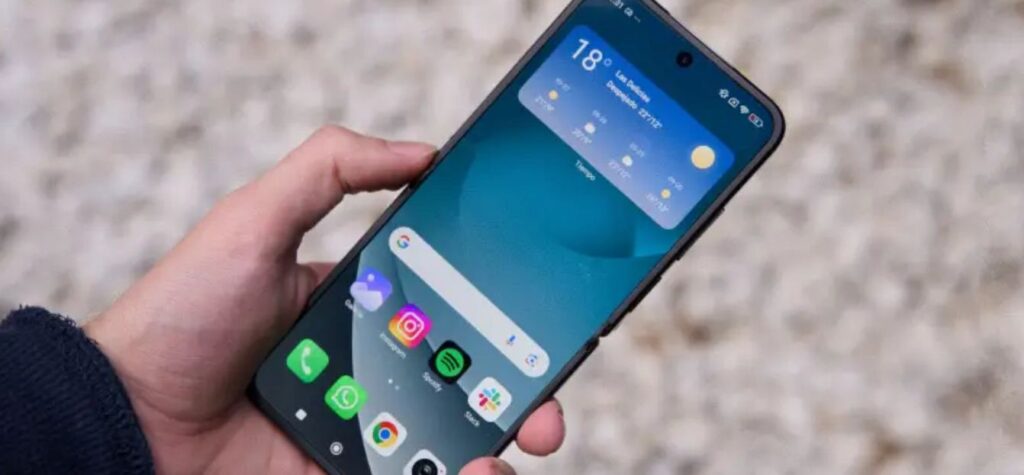
Where Xiaomi has truly excelled is in the design of the outer panel. I’m not exaggerating: it outshines other foldable phones. The 4.01-inch panel covers the entire front, leaving just a small space for the two cameras. With a resolution of 1392 x 1208 pixels, it achieves a density of 460 pixels per inch. It also features a refresh rate of 120 Hz and a peak brightness of up to 3,000 nits, providing a viewing experience very similar to that of the flexible inner panel.
This design creates a seamless transition when using an app on the outer screen and then opening the inner panel to continue. The continuity enhances the overall user experience, making it feel smooth and cohesive.
The external screen of the Xiaomi Mix Flip allows you to open applications, even those from third parties. However, using them isn’t as intuitive as on the main panel, since the app icons are located on the left side, right next to the cameras. Despite this, it’s very useful for tasks like accessing map directions or quickly responding to messages. Additionally, Xiaomi lets you customize the screen with various widgets and wallpapers, including fun options like an animated pet, which look impressive.
One feature I miss is the ability to turn on the external screen by double-tapping; it can only be activated by pressing the power button. Nonetheless, this external panel is far superior to the folder-style displays offered by Samsung on the Z Flip 6 or by Oppo on the Find N3 Flip.
What you should not overlook…
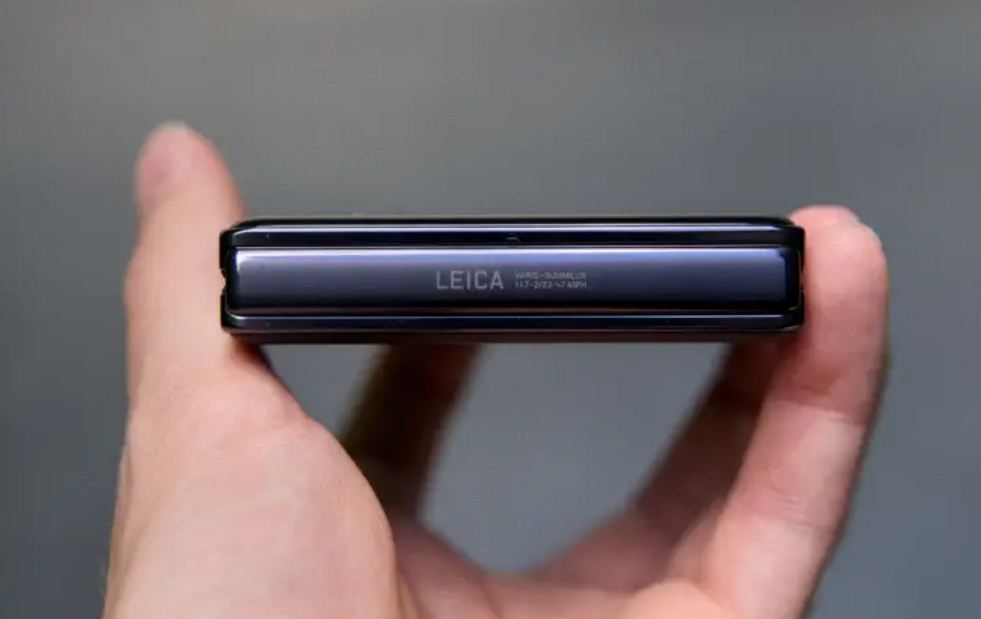
While it may not be the most eye-catching aspect of the Xiaomi Mix Flip, there are three important features worth mentioning in a foldable phone.
One of these is performance. The Xiaomi Mix Flip features the Snapdragon 8 Gen 3 processor, Qualcomm’s newest SoC for high-end devices. It includes 12 GB of RAM and 512 GB of internal storage, providing ample power for smooth performance in various situations, including gaming with high graphics. Furthermore, the phone stays cool even during demanding tasks, ensuring a pleasant user experience.
The second important point is the battery. The Xiaomi Mix Flip features a 4,780 mAh battery, and I would say it’s the best I’ve experienced in a foldable phone. It provides enough power to last a full day without issues, often leaving you with about 30% battery remaining by the end of the day with moderate use, including taking photos, watching videos, and browsing social media. Additionally, the Mix Flip supports 67 W fast charging and is compatible with wireless charging, adding to its convenience.
The third point worth mentioning is the software. Xiaomi has chosen to use HyperOS, its own operating system, which includes all the new features and customization options found in the brand’s other devices. However, there are few additions specifically designed to take advantage of the foldable screen, with the main one being a split-screen mode.
On the other hand, there are various AI functions powered by Advanced AI, which utilizes Google’s language model. These include tools for transcribing audio to text, summarizing content, and correcting text in the notes application. Xiaomi has also introduced an AI interpreter that can translate in real time. While these features work well, they may not be ones I would use regularly. Personally, I find Gemini to be much more useful, and it’s also available on this Xiaomi foldable.
The Cameras of the Xiaomi Mix Flip

The reality is that foldable phones—especially those with this format—don’t usually excel in photography. This is partly due to the limited space available for larger sensors. However, Xiaomi, like Samsung and Motorola, has done its best within these constraints, and the results are quite commendable.
The Xiaomi Mix Flip features a dual-camera system. It includes a 50-megapixel primary sensor with an f/1.7 aperture and a 50-megapixel telephoto lens that offers two-times optical zoom. Interestingly, there is no ultra-wide-angle sensor included. The camera system is developed in collaboration with Leica, providing various photographic modes and styles.
Overall, the cameras on the Xiaomi Mix Flip perform very well. The main sensor captures excellent detail, a wide dynamic range, and maintains good exposure in various lighting conditions, including low light. These strong results are also evident with the telephoto lens, enhancing the phone’s photography capabilities.
The camera also offers a 4x hybrid zoom, which is quite effective, though some loss of quality can be noticeable in certain situations. Additionally, users can take advantage of the Leica Authentic mode, which is disabled by default. This mode allows for more precise color adjustment and improved contrast. While it may not be suitable for every scenario, it is particularly useful in bright or colorful environments, as it effectively calibrates these elements.
A significant advantage of having a camera on a foldable phone is the ability to use the outer screen for selfies. This feature also allows for versatile positioning, enabling you to rest the phone on a flat surface for group photos or other creative shots.
The camera also includes AI features, though these aren’t specifically for image editing. One option allows you to remove unwanted objects from the frame; it works well at times, but can sometimes leave a blurry outline. There’s also an AI stretch mode that can stretch an image both vertically and horizontally. Like the object removal feature, it produces good results occasionally but can create odd-looking images at other times.
Is Xiaomi’s Foldable Worth It?
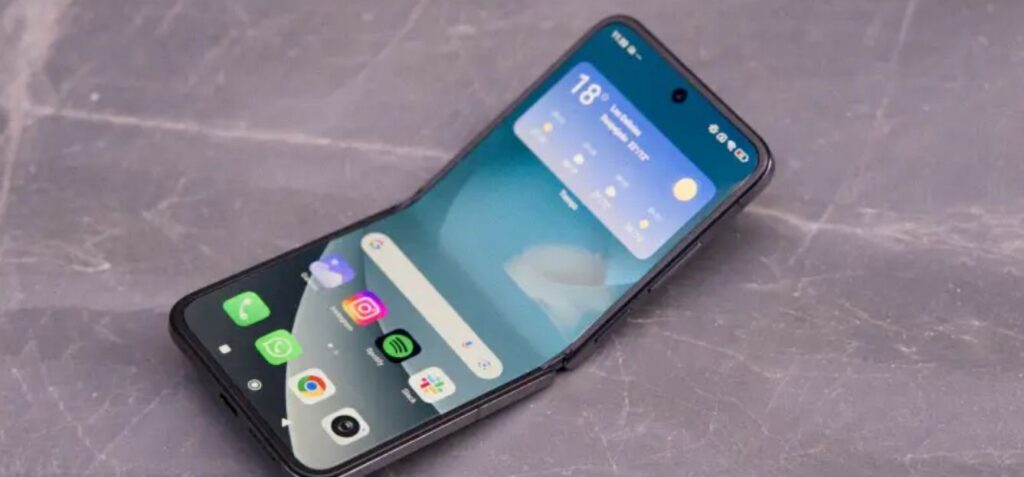
As mentioned earlier, the Xiaomi Mix Flip is priced at €1,299 for the version with 12 GB of RAM and 512 GB of internal storage, making it slightly cheaper than the Galaxy Z Flip 6, which costs €1,329. But is it worth the investment?
First, it’s crucial to note that this type of phone is designed specifically for those who want a foldable device. The Xiaomi Mix Flip can’t compete with traditional smartphones in the same price range, as foldable phones often sacrifice certain features in favor of a more innovative design.
Overall, the Xiaomi Mix Flip stands out as an excellent option among foldable phones. Its impressive features and competitive price make it appealing. I was particularly impressed by the external screen, which is not only attractive but also very functional. The flexible internal display, despite some drawbacks, performs well, and the device offers excellent performance and battery life, along with a capable camera. I would say that, at this moment, there’s no better option than the Mix Flip. However, it faces strong competition from the Razr 50 Ultra, which shares a similar design and external screen. While Xiaomi likely excels in the photography department, the Motorola device is available for €1,055 (on sale) and remains a worthy contender. Once the price of Xiaomi’s foldable drops, it may become hard to compete with, at least until the end of next year.





